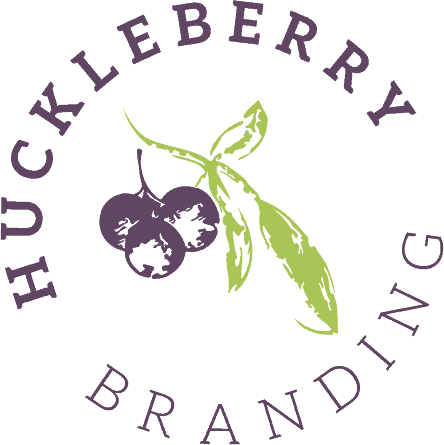When it comes to website navigation design, the effective organization of menus plays a crucial role in shaping the user experience. A meticulously structured menu enhances navigation and serves as a guiding beacon for visitors, ensuring they seamlessly traverse through your site. This blog post delves into the best practices for organizing your website menus, guaranteeing effortless navigation and heightened user engagement.
Optimizing Your Main Menu: Finding the Right Balance
37% of people say poor site navigation is annoying enough to make them leave.
It’s recommended to have between 5-7 main menu items. This range offers enough options without overwhelming visitors. The main menu should include the most important pages: Home, About, Shop, Services, and Contact. Prioritize these pages based on your business goals. For example, if driving visitors to your online store is a priority, make the “Shop” page prominent in the main menu.
- Simplify menus. 5-7 top-level menu items are perfect.
- Don’t use “clever” mobile menu icons.
- A/B test menu names. Check Google Analytics for your top page views. If an important one is underperforming, change the menu name and re-assess its performance.
- Link your logo to the home page. 36% of people use it to navigate back to the start.
Structured Content: Using Submenu Items for Detailed Information
Submenu items offer a focused and detailed navigation experience. For instance, within the “About” section, include submenu items such as Company History, Our Team, and Why Us. This method enhances content organization and presents detailed information in an easily accessible manner.
Enhancing User Experience with Secondary Menus
Secondary menus above or below the main menu provide quick access to important links and highlight secondary priorities. These menus often include social media icons, contact information, site logins, cart, and search functionality. Temporary promotional messages can also be included as banners above the main menu as well.
Boost Website Navigation with Footer Menus
Footer menus improve website navigation and can replicate the main menu with additional submenu options. For example, include “Shop by Category” to display product categories in the footer. Footer menus are also ideal for email sign-ups, social media links, and comprehensive contact details.
By implementing a clear and strategic approach to website navigation design, you can significantly improve user experience and conversions. These best practices will help you establish a well-structured navigation system, ensuring smooth website navigation for visitors and ultimately driving higher engagement and conversions. If you need expert web design and development assistance, Huckleberry Branding can help you develop a user-friendly and impactful online presence. We love creating web experiences that captivate and inspire while being adaptable to accommodate your business’s changing needs.


